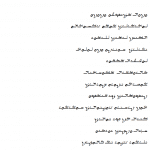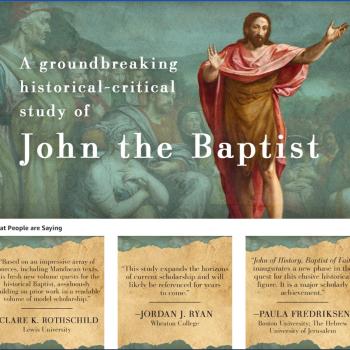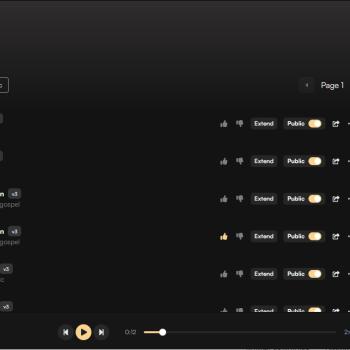I am supervising an honors thesis on the subject of Mandaean views of music past and present. It is a really interesting area that has been largely neglected, and this student who is majoring in Religion, Music, and International Studies is probably ideally poised to contribute to our understanding of this topic. As many readers of this blog know, I recently had the opportunity to visit Australia for the first time, and on that trip the Mubaraki family kindly welcomed me at their home and showed me some of the copies of manuscripts that they have made, including the Diwan Abatur. In it, one finds depictions of tormenters who use musical instruments to torture human souls in the afterlife when they find themselves in the purgatories or weigh-stations that lie along the route to eternal bliss and which must be entered by souls not yet fully worthy to make the journey.
Ethel Drower includes some images from this scroll in her article, “Mandaean Writings.” See also the digitized scroll online here:
https://pt.slideshare.net/hossamhisham96/diwan-abarher-mandaic-scroll
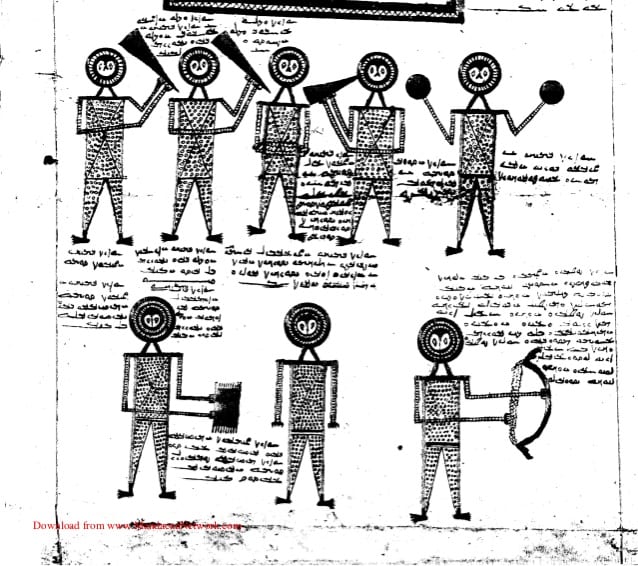
I was struck to discover similar imagery in a manuscript of the Book of Revelation. I was perhaps most struck by the fact that I learned of this illustration via Twitter, with a link to the source of the image provided. The role of social media in supporting academic research is remarkable.
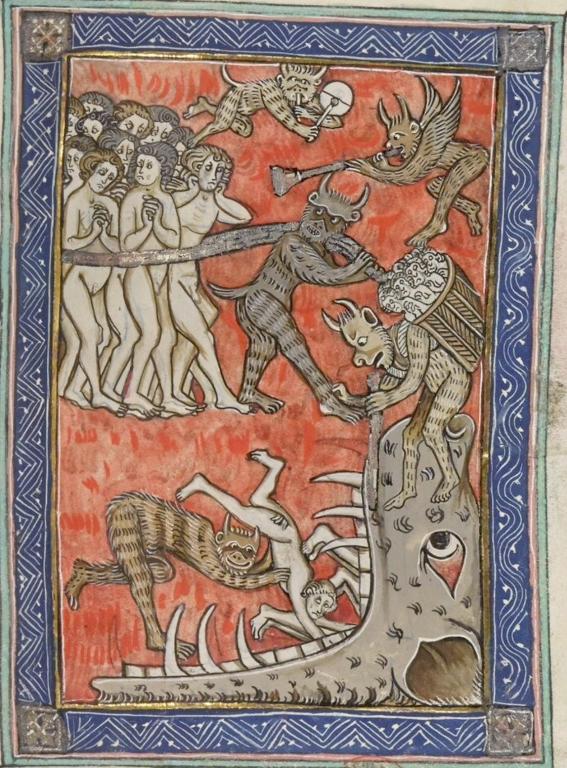
I was also struck by where the thinking of some of my Mandaean conversation partners about this subject went as we spoke about this. Being from the Middle East they thought of the United States using loud music as a form of torture at Guantanamo Bay. Perhaps what is reflected in these manuscripts is nothing other than the fact that people have been doing that for a long time, with the loudest sources of noise ancient people could muster being trumpets, cymbals, and drums.
In light of that, I realized that there is probably no direct connection between a negative view of music in Mandaeism, and the depictions of musical torture in the hereafter. Though I may still be wrong about this. When my student who is working on this finishes her research, she’ll more than likely have something worthy of publication. Nothing exists in English on this topic.
I also hope at some point someone will explore the striking similarities between illustrations in Coptic magical papyri and Mandaean manuscripts and bowls. Another thing that I had the privilege of doing in Australia was meeting with Sandra van Rompaey, the only art historian in the world focusing her research on the Mandaean illustrated manuscripts. There are also occasionally similarities with Aboriginal art that are striking, although there is unlikely to be a direct connection.
Finally, let me share this photo of me holding a copy of the Diwan Abatur at the Mubaraki family home in Australia last month.
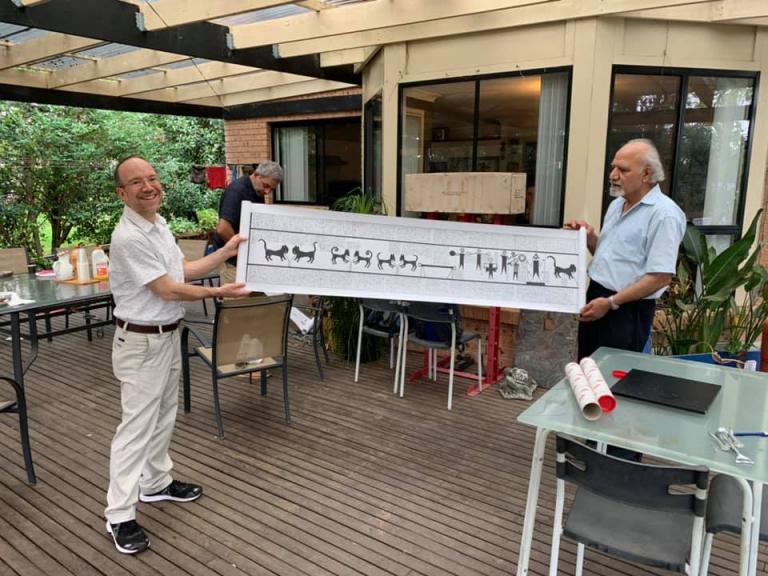
It was such an honor to get to see their manuscripts, including this one, which in the photo above is unrolled to the spot with the musical torture that is the focus of this blog post.
I will conclude by noting (as readers presumably also have) that this post has been about the use of music in hell, not the depiction of hell in music. There has been some of that, and it would be an interesting topic to explore. It isn’t something I’ve really done much with thus far, not least because my focus of late has been on the intersection of the Bible and music, and there is little about “hell” per se in the Bible. Searching for words that do occur such as Hades in the Naxos Music Database, on the other hand, turned up some things that I plan on listening to…


